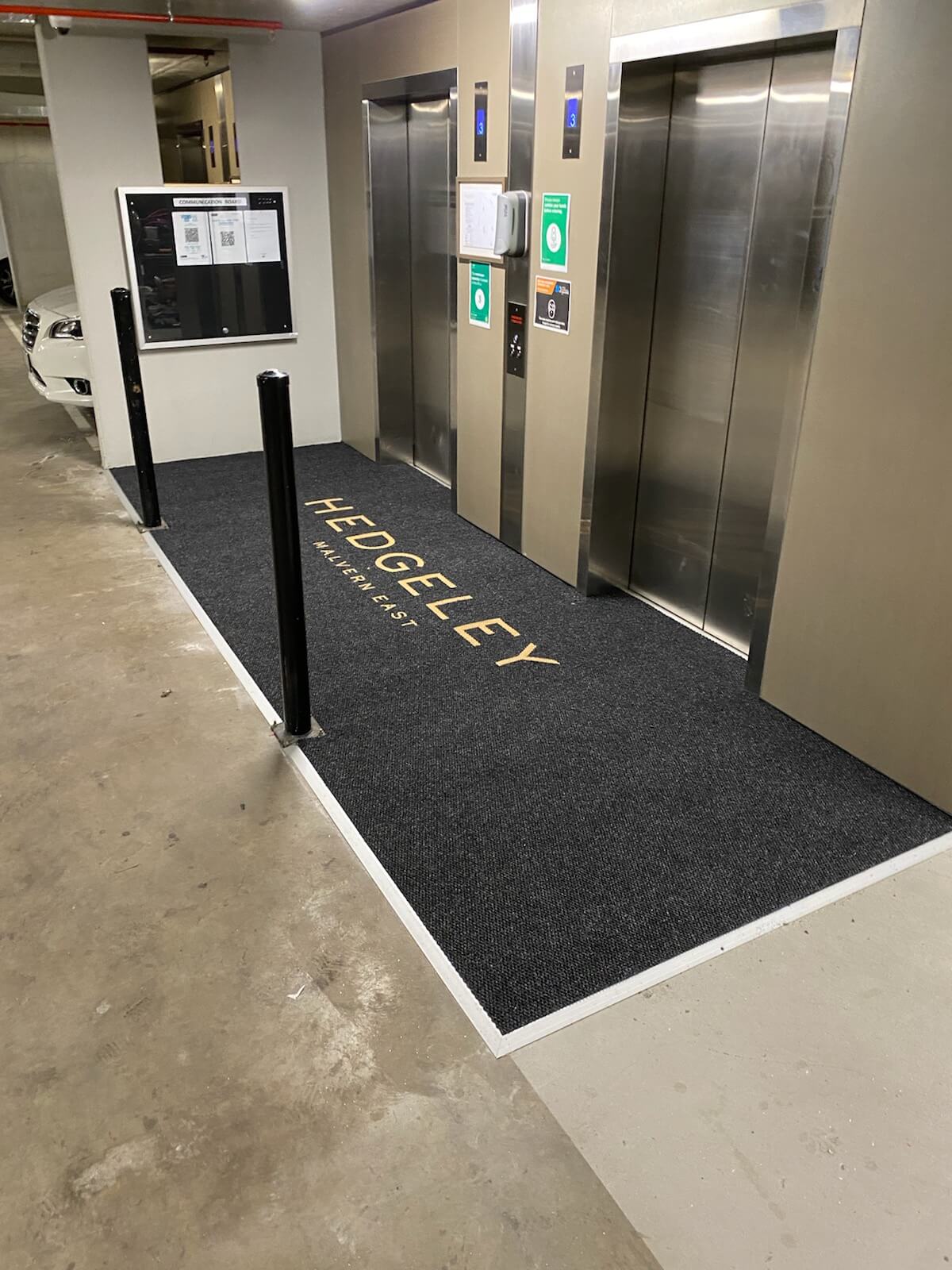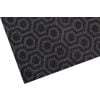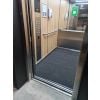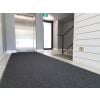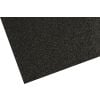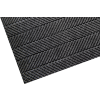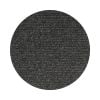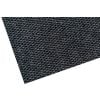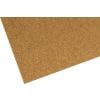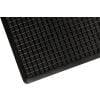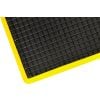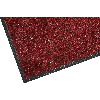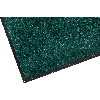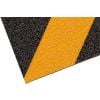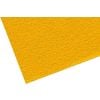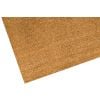Lift Mats
Reduce slips, trips, and falls around your lifts and make cleaning effortless. Scrape and dry the shoes that travel in your lift. It’s like an entrance mat but in the elevator.
Why everyone needs elevator mats
Lift mats reduce slips, trips, and falls both outside the lift shaft and inside the cab itself. Like entrance matting, non slip flooring in your elevator keeps employees, customers, and loved ones safe from slips, trips, and falls.
They also reduce cleaning costs, as mats in your lift remove dirt and moisture from shoes before they walk around your floors. This makes cleaning floors, quicker, easier and cheaper.
Commercial Lift Mats and the Building Code
Commercial and residential buildings should also observe the Building Code of Australia. The Building Code does not require you to install lift mats, but if your lift sees high traffic levels, you have a duty to protect people using it.
Commercial elevator mats should be fire retardant over 2.2kW/m². For more information, check out this article on why elevator mats are still necessary.
Available Laid Loose or Recessed
Lift floor mats are usually carpet-surfaced and fitted into the cab floors. Recessed mats are ideal for any areas that see footfall, as they are much better protection against slip and trip accidents.
Elevators with low traffic levels might have a loose-laid mat with a non slip rubber backing, but we recommend recessed elevator protection mats where possible. If you do choose a loose-laid lift mat, make it a low-profile one to reduce its chance of being a trip hazard.
Rubber Anti Fatigue Mats for Lifts
They may also have anti fatigue properties; in which case they will be made from rubber. Find out more about rubber mats for lifts. Elevators with rubber floor mats will need additional carpet-surfaced mats outside the lift, as rubber mats don’t dry shoes.
High-traffic lift areas need heavy-duty floor coverings designed to protect people. Preventing water from pooling on the floor is the best way to simultaneously keep floors clean and remove slipping and falling hazards.
Elevator Logo Mats
As well as the practical reasons for lift mats, they are a great marketing material. Give your people something to look at when their eyes wander awkwardly down to the lift floor. Place your logo proudly on your elevator floor for a never-ending marketing campaign that works.
Elevator floor mats are seen by more people than any other inside area of your building. Use that space wisely and advertise your business while also protecting its staff.
How to Choose the Right Lift Mat
To help you choose the perfect mat for your lift, consider which of the following features are most important to you:
- Absorbency: If you live in a very wet country, this might be a priority for you. Also, consider whether people will encounter other entrance matting before stepping inside your lift. In your reception area, perhaps.
- Anti fatigue properties: Most elevators are used for a short time per day, but if the people using them are already standing for prolonged periods, anti fatigue matting is more important.
- Shoe scraping: If your elevator is located deep inside your building, the people using it might have already lost most of the dirt on their shoes. In this case, aggressive scrapers might not be as important.
- Slip resistance: There aren’t many applications where slip resistance is not necessary, but it is particularly important in aged care facilities, hospitals and schools.
